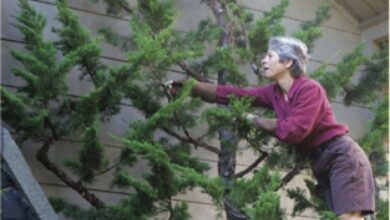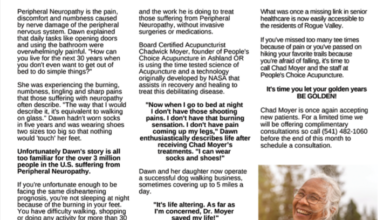Hip Hinging – The Most Important Exercise You’ve Never Heard Of
For most people their back pain is their own fault. We usually did it to ourselves. Not because of injuries, too much sitting, lifting improperly, bad beds, or poorly executed exercise.
Most of the time most of the back pain most people suffer from is directly due to the way they bend over.
Stand up. Now imagine that you need to pick up a pencil from the floor. Now go through the motion of picking up that imaginary pencil. How did you bend down to do it? Most people will bend forward from their waist and flex their spine forward to reach for that imaginary pencil.
Wrong. When you bend downward in this way it opens up the joints of the low back (lumbar spine) and makes them unstable; all the integrity of the joints of the lumbar spine is lost and the muscles become hypertonic, go into spasm, to try to compensate for the lack of stability in the joints. This is called decoupling. It also puts abnormal pressure on the discs between the vertebrae and breaks them down. Lifting any weight from this unstable position causes even more injury.
So what to do? Bend from your hips – it’s called a hip hinge. You bend from your hips – flexing your hips, knees, and ankles – while keeping your back straight. Place your fingers on your pubic bone. Now bend forward while keeping your back flat and you will find that your pubic bone swings backward and between your legs with your knees and ankles flexing. You will feel your hamstring muscles in the back of your thighs becoming stretched and slightly taught – suspending your pelvis and your back.
As you bend lower to the point where you can touch the floor and pick up that imaginary pencil, you may find that your abdomen will lightly rest on your thighs and support your low back. From this position you can hold and lift weight with no stress to your back. When you find the balance point of this movement, you will find that bending and lifting even tractions and mobilizes the pelvis and low back – a therapeutic natural motion.
This is the motion of trained weightlifters lifting a barbell from the floor – a deadlift. The back is straight. Getting a feel for bending forward and lifting with a straight back can be difficult for many people at first. A useful drill for learning this movement pattern is to place a wooden dowel along the spine from the sacrum/pelvis to the back of the head and bend forward while maintaining contact with the sacrum, upper back, and back of the head (occiput) at the same time. It may seem hard at first, stay with it, and suddenly you will find it second nature to move through a hip hinge with your back straight.
Making a hip hinge your natural pattern of movement will be a revelation to how strong and pain free your back can be.




